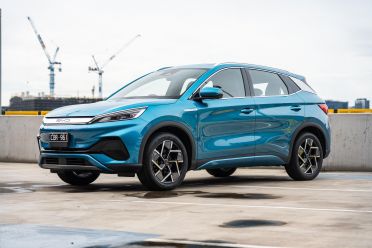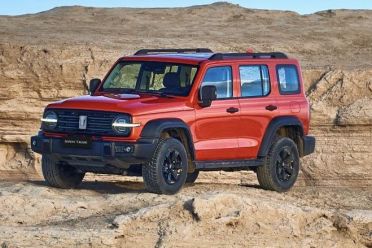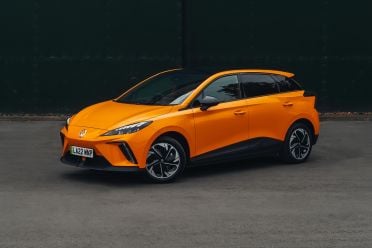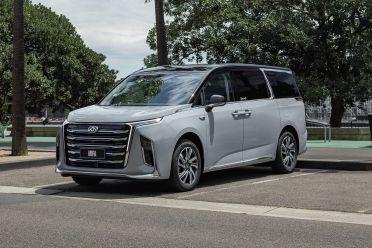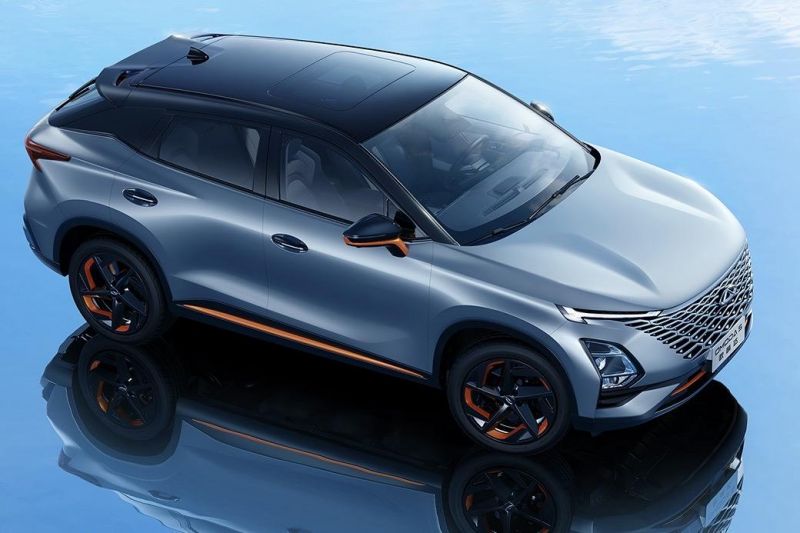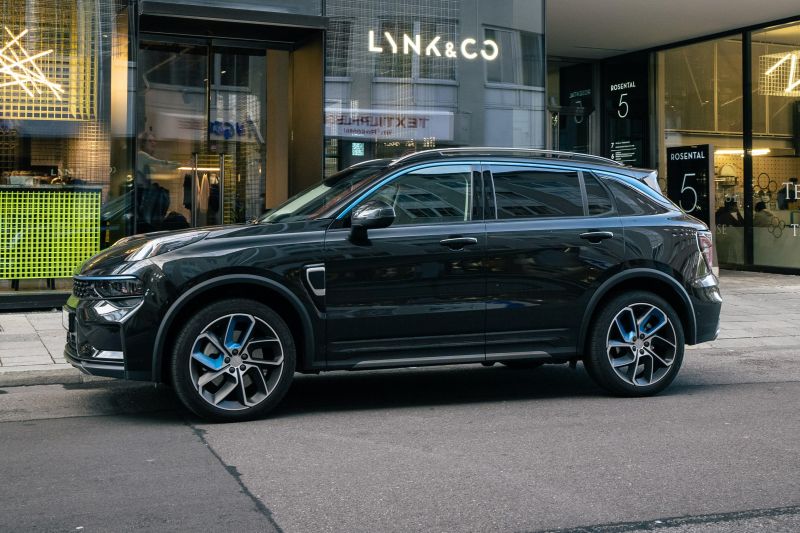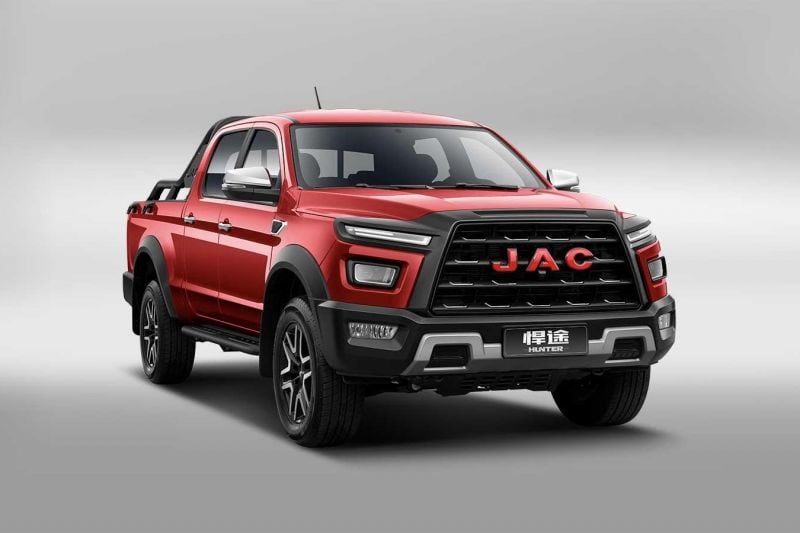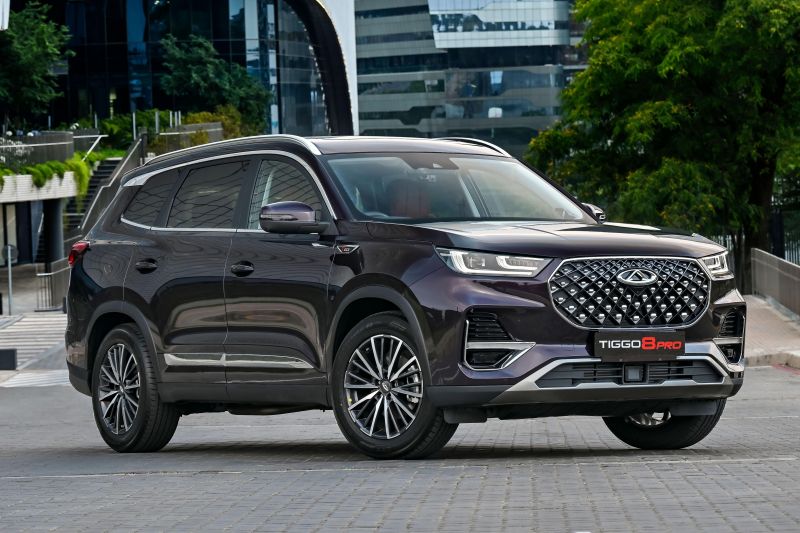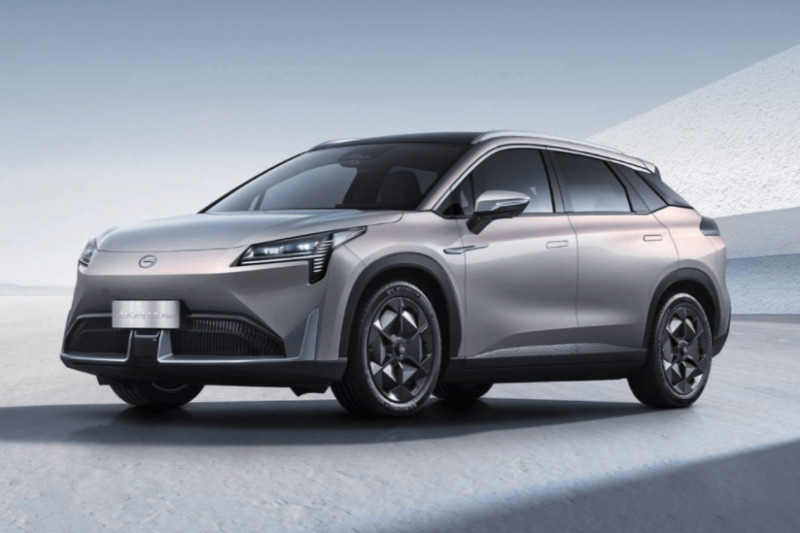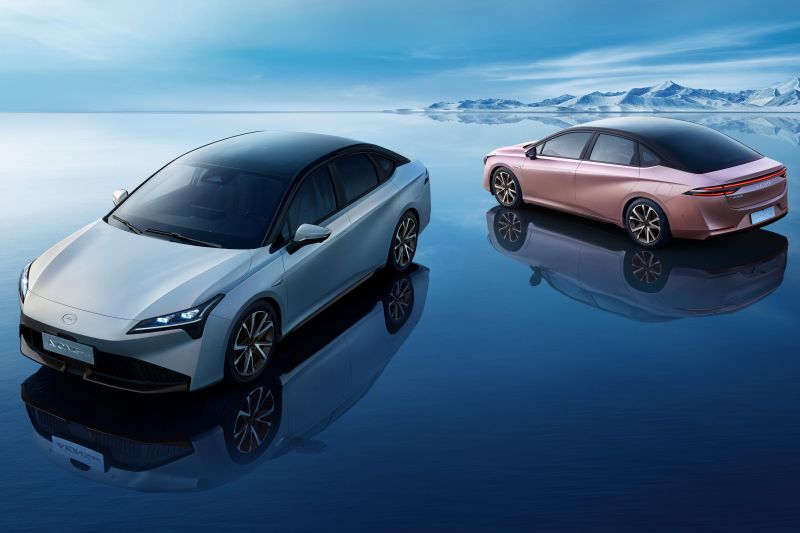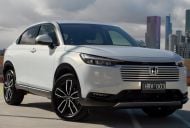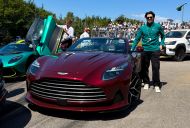We are in the midst of another onslaught of Chinese brands in Australia, and it’s looking quite a bit different from the last one. The question remains, however: which brands will survive and thrive, and which will fail?
After Great Wall entered the Australian market in 2009, a number of Chinese brands followed. Geely came in 2010, Chery in 2011, Foton and ZX Auto in 2012, and JMC followed in 2015.
Of those brands, only Great Wall – now rebranded GWM – still sells cars in Australia. And it struggled mightily just a few years into its run with asbestos recalls, sliding sales, and a change in distributors.
MORE: 25 years of failures: The car brands that didn’t succeed in Australia, Part I
MORE: Eight Chinese cars that flopped in Australia
Of course, now GWM not only survives, it thrives. Parent company Great Wall Motor is bringing two of its other brands to Australia this year, though it will sell these Tank and Ora vehicles under the GWM banner to create a broad church of GWM-branded vehicles ranging from electric hatchbacks to burly, body-on-frame SUVs.
GWM was Australia’s 13th best-selling brand in 2022, ahead of BMW, Suzuki and Tesla. Rival MG did even better, comfortably ensconced in the top 10 brands and sitting in seventh place overall.
MG’s sister SAIC Motor brand, commercial vehicle specialist LDV, was the 17th best-selling brand. BYD is another success story, with its Atto 3 SUV becoming the third best-selling electric vehicle in Australia in 2022.
In a case of déjà vu, Chery has announced its return to Australia, set for the first quarter, while the unfamiliar (to Australians) brand JAC is also coming here in 2023. GAC Aion, the electric vehicle arm of Guangzhou-based GAC, is also eyeing a launch in 2023 or 2024, with Geely’s Lynk & Co brand previously flagging a launch by 2025.
MORE: China’s JAC plans Australian growth, pickups are just the start
MORE: Chinese brand Chery’s relaunch delayed to next year
MORE: Lynk & Co: Volvo’s Chinese sibling here by 2025
You’d be forgiven for thinking this is just a redux of that first Chinese wave which began just over a decade ago. But while the Chinese auto industry still produces its fair share of ugly and dated vehicles and even still a few copycats, as a whole it has matured remarkably quickly.
You need only look at vehicle safety. The Chery J1 and J11, for example, managed only three- and two-star ANCAP ratings. The brand also had to withdraw vehicles from sale as government regulations mandated the fitment of electronic stability control, something they didn’t have. And let’s not forget those asbestos recalls…
Now, the Chery Omoda 5 – set to be the brand’s first model, and already spied on Australian roads – has received a five-star rating from Euro NCAP, foreshadowing a similar rating from ANCAP, and comes with the safety technology expected in its segment.
While there’s clearly demand for affordable, modern-looking, well-equipped Chinese vehicles, particularly as brands from Japan, Korea and Europe struggle to get supply and continue to raise prices, it’s unclear if the likes of Chery and JAC will be able to replicate the success of MG, BYD, GWM and LDV.
SAIC Motor had the good sense to acquire the established MG brand name, and many consumers don’t even realise the brand’s vehicles are designed, engineered and built in China. We’ve heard about more than one person happy with their “little European car”.
The hoary old MG 3 is also the second cheapest car in Australia, which has allowed it to capture market share equating to just over a third of its segment.
BYD has capitalised on the nascent but growing demand for affordable electric vehicles. Anecdotally, EV buyers seem to do their technology research and are more willing to try an unfamiliar brand.
GWM offers a range of sharply priced and thoroughly modern-looking utes and SUVs, while LDV’s vans significantly undercut similarly-sized rivals. The LDV T60 ute and D90 SUV also put up a good fight on the sales charts, again helped by sharp pricing.
While not even a low price could help the Geely MK or Chery J1, it can go a long way when combined with a long list of equipment and modern styling to steer people away from a more expensive Japanese, European or Korean vehicle.
But how will these new (and returning) Chinese players convince buyers to not only look past pricier establishment brands like Toyota, but also rivals from their homeland?
Chery’s offerings look so much better than their old fodder they’re scarcely recognisable as being from the same company, but while there’s talk of electrified and electric models, it’s launching petrol-powered SUVs first… which will run headfirst into popular models from MG and GWM.
Consumers often have long memories, too, and may remember Chery as being a purveyor of cut-rate, low-tech vehicles. GWM had to rebrand itself after Great Wall’s reputation crumbled.
JAC – to be imported by BLK Auto, not a factory operation like Chery – will have a diesel ute, the T9, which will go head-to-head with the more established GWM Ute and LDV T60. Will it further drive Chinese ute sales, or will it just peel off buyers from an already established pool of ute owners open-minded enough to take a punt on a Chinese ute?
There’s the promise of something special from JAC, however: an electric ute, set for 2024, that will ride a dedicated EV architecture.
The LDV eT60 stunned with its price tag of $92,990 before on-roads, a steep ask for an electric version of an existing ute that’s missing even cruise control. And yet, credit where credit’s due: LDV has an electric ute here, and nobody else does. That’s despite a heightened interest in this format, particularly in the US where the American Big 3 are busy rolling out full-sized electric pickups.
GAC, like JAC, is a brand that will be unknown to almost every Australian bar Chinese ex-pats. But by launching here only with its GAC Aion brand, it has the potential to establish a presence as a forward-thinking, tech-focused company.
You need only look at Europe to see just how committed the Chinese brands are to global expansion, and how much better-placed they were than a decade ago.
Aiways, BYD, Hongqi, Nio, Dongfeng’s Voyah, Geely’s Zeekr and GWM’s Ora and Wey brands are at varying stages of their rollouts in Europe, and almost all of these vehicles are modern battery-electric vehicles – exactly what Europe is clamouring for – with a handful of plug-in hybrids.
The Chinese brands coming here are bringing products not necessarily as premium or aspirational as a Nio ES9 or Zeekr 001, but they’re targeting segments where their fellow countrymen have already been successful with products that – superficially at least – seem to be as competitive as MG and LDV rivals.
Will that be enough to see the likes of JAC and Chery become Top 20 brands?





